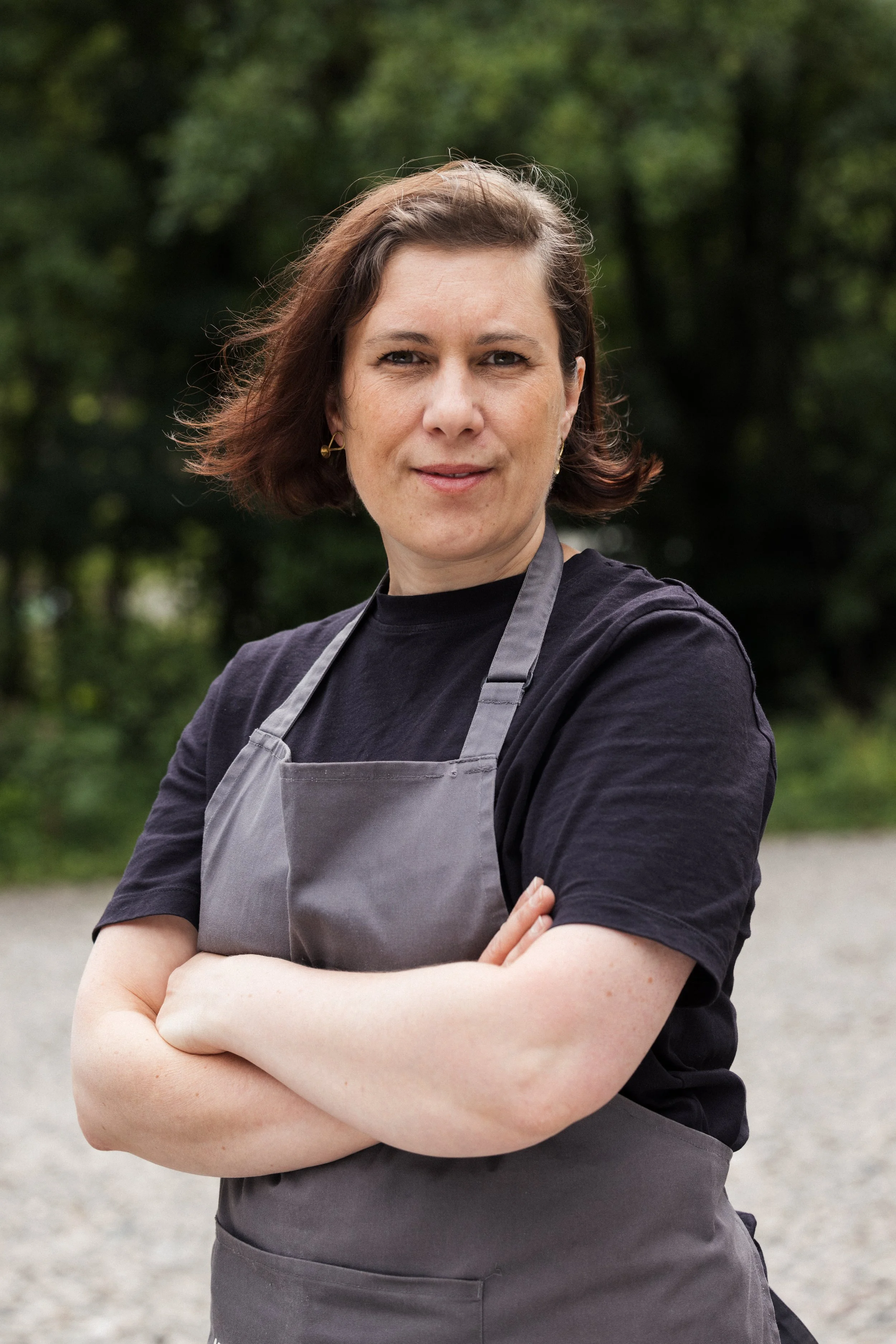My Story
For as long I can remember - thanks to my mum and her creative ways - I have made things, ranging from candles, cards and dried flower arrangements to wire and bead earrings that I chose myself from the local bead shop. My maternal granddad was a farmer and keen metal detectorist, as a result I was drawn to metal, and its durability; one of the fields on the farm, which we all called the Roman field, was a great resource. My granddad found numerous coins and tool parts and most significantly a pendant, which was bought by the museum in Lincoln. It fascinates me that the beautiful things you can make from metal essentially last forever, waiting to be rediscovered.
In my practice I explore traditional silversmithing techniques such as hammer-raising and forging to create artefacts for use or simple enjoyment. I primarily work with silver, copper and brass to create vessel forms and spoons. With hammer marks and oxidisation I create different surface textures and visual interest, often complementing my metal objects with contrasting materials such as wood and concrete in the form of a plinth, a conscious encouragement for the user to display these pieces.
I am fascinated by the definitions and meanings of function, and how these relate to scale. Some objects are functional and very effective, some are functional but don't work that well, and some are not functional in any traditional sense, yet still serve a purpose. I am interested in creating beautiful objects that work well; this very much applies to some of my larger work. But my smaller pieces are beginning to explore the meanings of function via ‘affordances’, a concept I discovered while studying. An affordance is a feature that allows you perform an action: so that a button is something you press, a handle is how you pull or pick up something, a knob will be turned, while a spout pours. We seem to be conditioned to recognise such functions, to know what to do when we encounter them. As a result, I am very taken with the idea of a false affordance, a feature that doesn't perform the action one expects. So much of daily life is spent doing things almost mindlessly, so I find it appealing to encourage the user to re-focus and connect with what is in front of them.
I really enjoy watching maker videos from other makers, viewing the different processes excites me, even at second hand. I have explored making my own unique first-hand views of process via video documentation and helmet cameras, a kind of object storytelling that I’d like to become an integral part of the finished piece. I have also collaborated with Fern of Great Scott Films to offer a glimpse into the processes I use and share my motivation with the viewer in this film below, Roots/Routes.
My grandparents
Mary and George Cooper on the farm in 1957.


